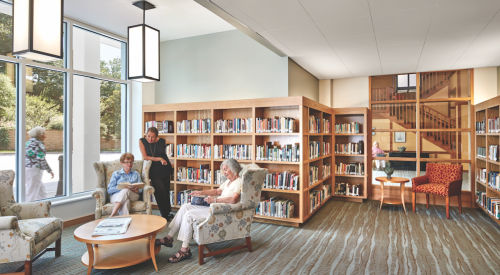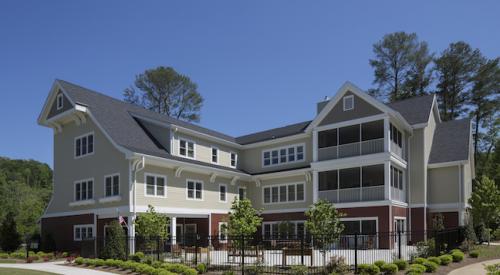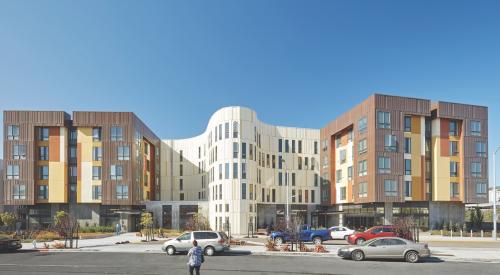Age-in-Place technology may be reducing demand for senior housing. This may explain why developers have seen big bets on elder-specific housing fall short of expectations. Some senior housing developers looked at the aging baby boomer generation’s 72 million people born between 1946 and 1964 thought they saw a can’t-miss market.
But, new products and services such as sensors that respond to a range of medical conditions, facial recognition for identifying visitors, and houses with malleable fixtures that can be adjusted as residents age, make it easier for seniors to remain in their homes. Home technologies continue to advance, which could make the option to age in place more appealing for many seniors.











